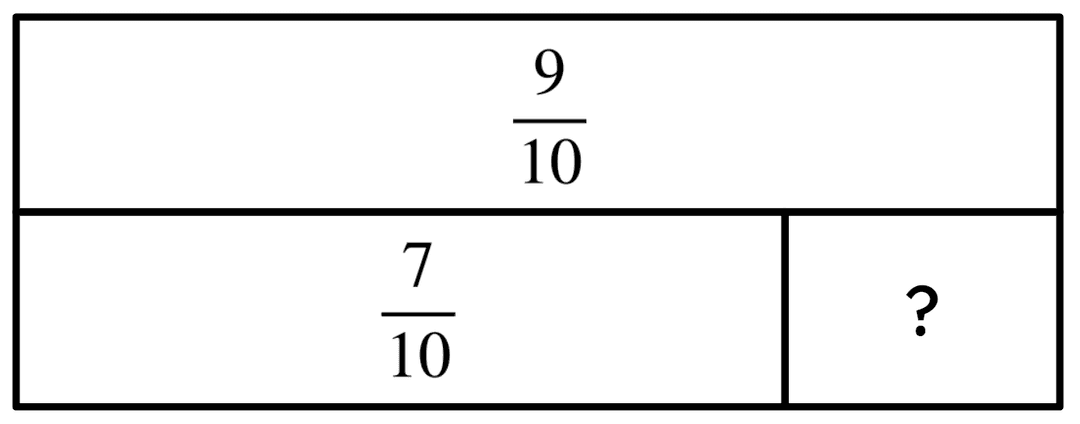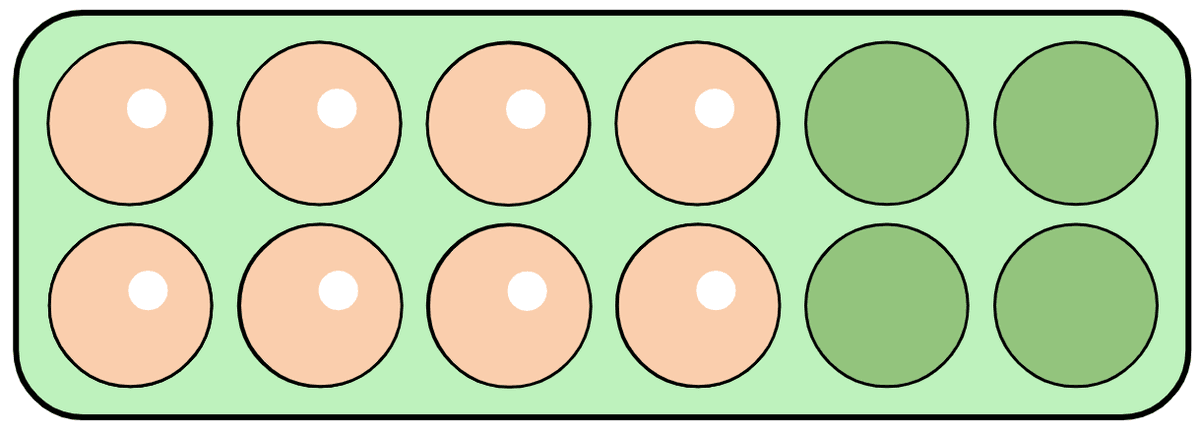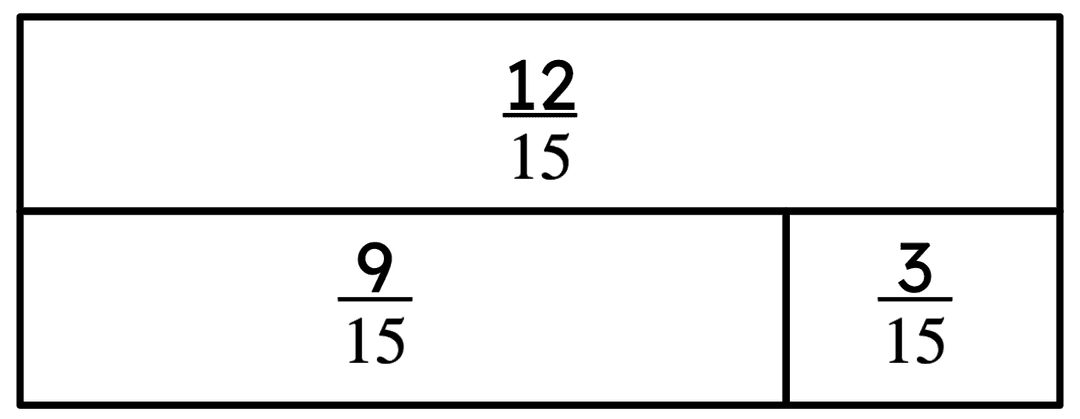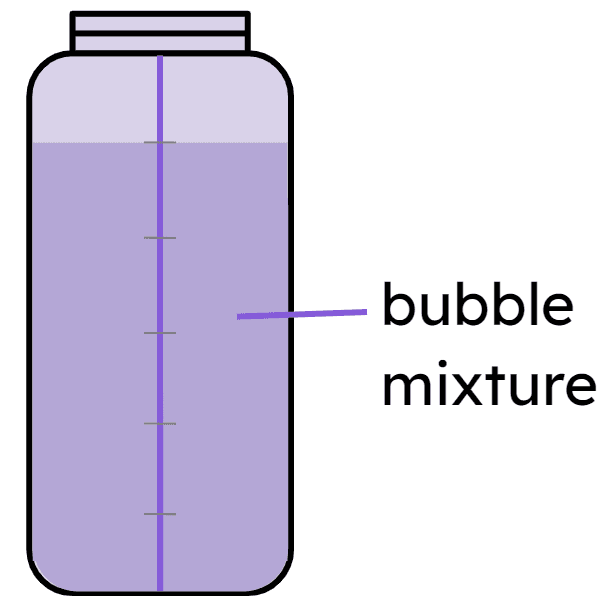Myths about teaching can hold you back


- Year 3
Subtract fractions from a whole by converting the whole to a fraction
I can subtract fractions from a whole by converting the whole to a fraction.


- Year 3
Subtract fractions from a whole by converting the whole to a fraction
I can subtract fractions from a whole by converting the whole to a fraction.
These resources will be removed by end of Summer Term 2025.
Switch to our new teaching resources now - designed by teachers and leading subject experts, and tested in classrooms.
These resources were created for remote use during the pandemic and are not designed for classroom teaching.
Lesson details
Key learning points
- A fraction with the same numerator and denominator is equal to one whole.
- To subtract a fraction from a whole, convert the whole to a fraction with the same denominator as the subtrahend.
- The minuend and subtrahend have the same denominator to subtract easily.
- When the denominators are the same, you subtract the numerators using the language of unitising.
Keywords
Minuend - The minuend is the number being subtracted from.
Subtrahend - A subtrahend is a number subtracted from another. There can be more than one.
Numerator - A numerator is the top number in a fraction. It shows how many parts we have.
Denominator - A denominator is the bottom number in a fraction. It shows how many parts a whole has been divided into.
Common misconception
Children often find it difficult to understand the idea that any whole can be represented by a fraction with the same numerator and denominator.
You might want to list down some different real life examples such as slices of pizza or pie, complete sets of sticker pages, full packs of pens/pencils. Label each example with fraction notation so the children get a firmer understanding.
To help you plan your year 3 maths lesson on: Subtract fractions from a whole by converting the whole to a fraction, download all teaching resources for free and adapt to suit your pupils' needs...
To help you plan your year 3 maths lesson on: Subtract fractions from a whole by converting the whole to a fraction, download all teaching resources for free and adapt to suit your pupils' needs.
The starter quiz will activate and check your pupils' prior knowledge, with versions available both with and without answers in PDF format.
We use learning cycles to break down learning into key concepts or ideas linked to the learning outcome. Each learning cycle features explanations with checks for understanding and practice tasks with feedback. All of this is found in our slide decks, ready for you to download and edit. The practice tasks are also available as printable worksheets and some lessons have additional materials with extra material you might need for teaching the lesson.
The assessment exit quiz will test your pupils' understanding of the key learning points.
Our video is a tool for planning, showing how other teachers might teach the lesson, offering helpful tips, modelled explanations and inspiration for your own delivery in the classroom. Plus, you can set it as homework or revision for pupils and keep their learning on track by sharing an online pupil version of this lesson.
Explore more key stage 2 maths lessons from the Composition of non-unit fractions: addition and subtraction unit, dive into the full primary maths curriculum, or learn more about lesson planning.

Licence
Prior knowledge starter quiz
6 Questions
Q1.What is the missing fraction in this bar model?

Q2.Which equation is shown on the number line?

Q3.Aisha and Alex share a pizza cut into 8 slices. Alex eats five-eighths of the pizza.
How much does Aisha eat? Aisha eats ___ of the pizza.

Q4.A full box of eggs contains 12 eggs. First there were 8 eggs in the box, then 5 were used to make pancakes. Which equation matches this problem?

Q5.Which equation is the inverse of $$ \frac{3}{8} $$ + $$ \frac{4}{8} $$ = $$ \frac{7}{8} $$?
Q6.Which of the additive equations are correct for this bar model?

Assessment exit quiz
6 Questions
Q1.When the numerator and denominator are the same, the fraction is __________ one whole.
Q2.Match the number of fractional parts to the whole.
5 -
is the number of fifths equal to one whole.
10 -
is the number of tenths equal to one whole.
3 -
is the number of thirds equal to one whole.
4 -
is the number of quarters equal to one whole.
Q3.Which of these fractions are equivalent to 1?
Q4.Sam has a full bottle of bubble mixture.
She uses one-sixth of the mixture to blow some bubbles.
What fraction of the bubble mixture remains?

Q5.Izzy has a multipack of 10 juice blast drinks.
She drinks one on Sunday, Wednesday and Friday.
What fraction of the multipack is left?

Q6.What is the missing fraction in this equation?


